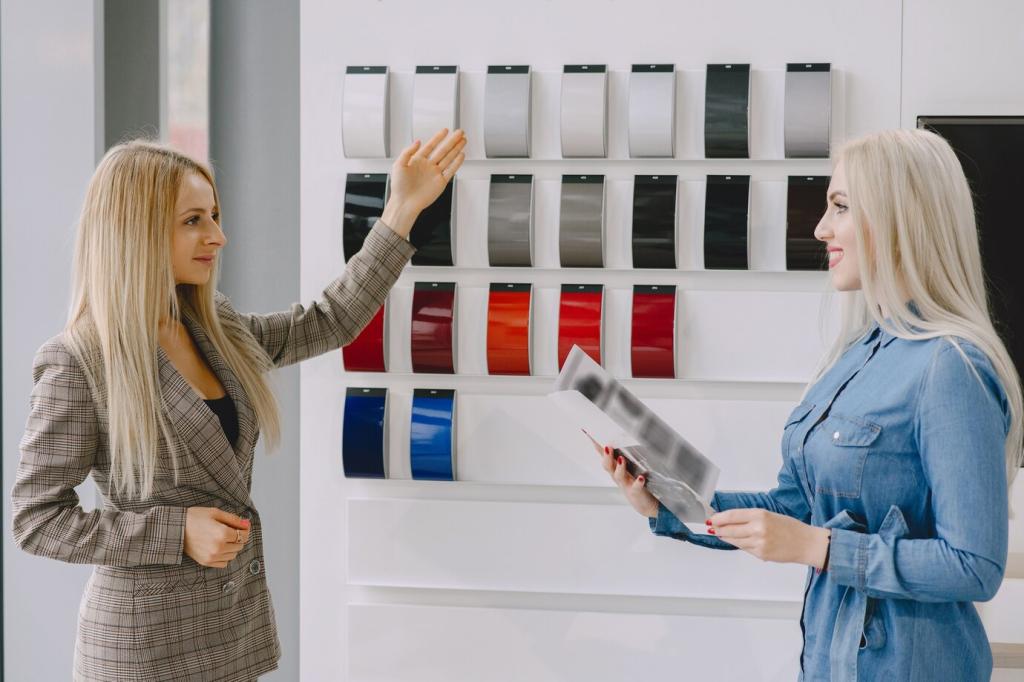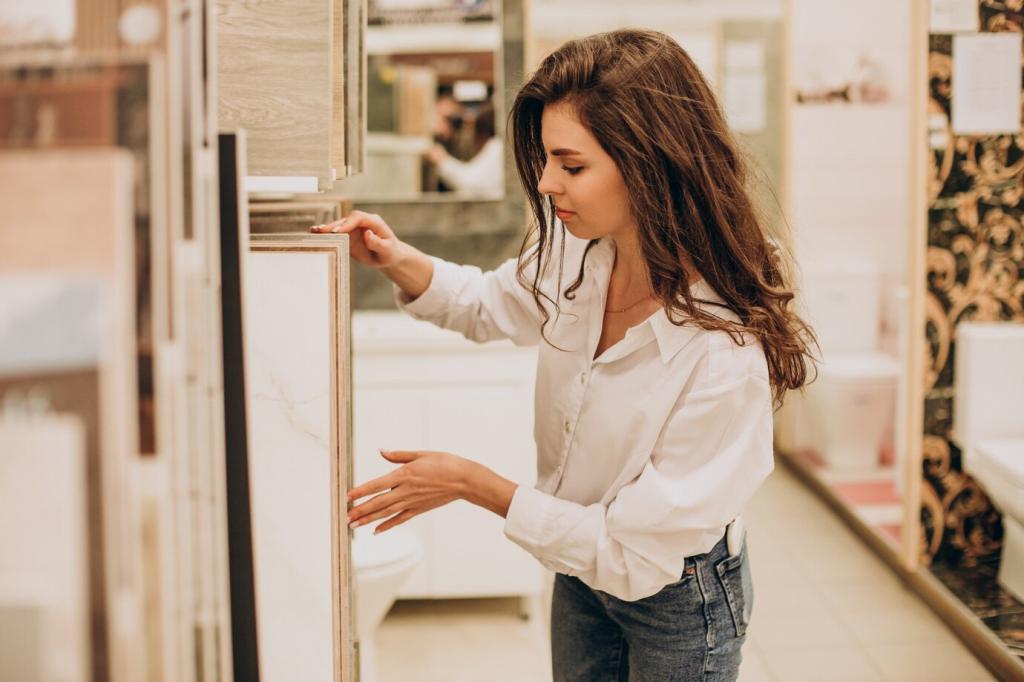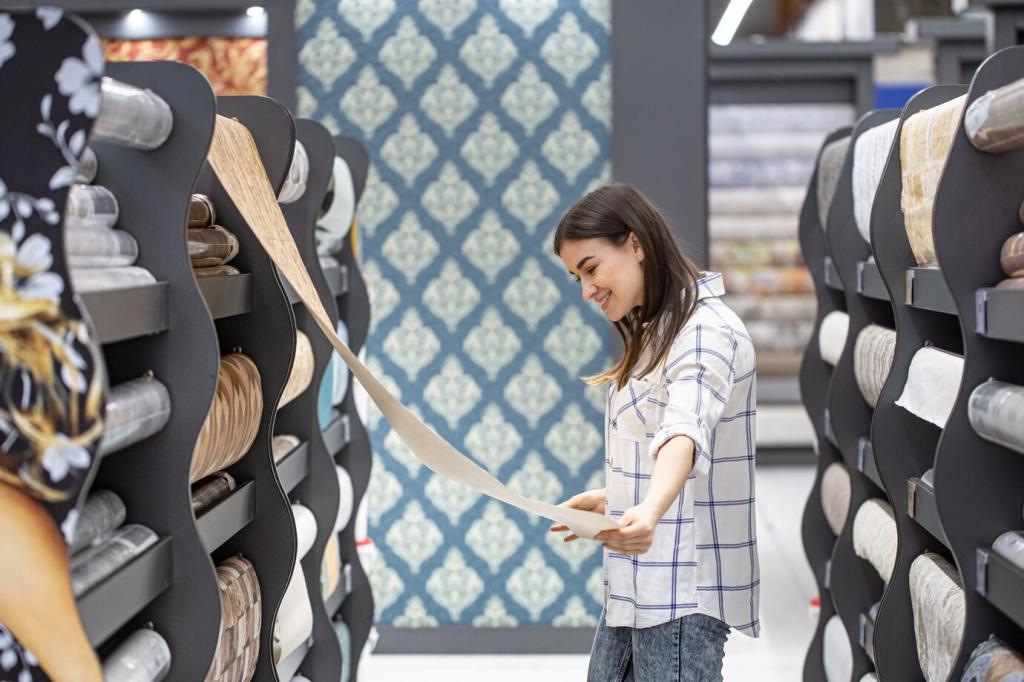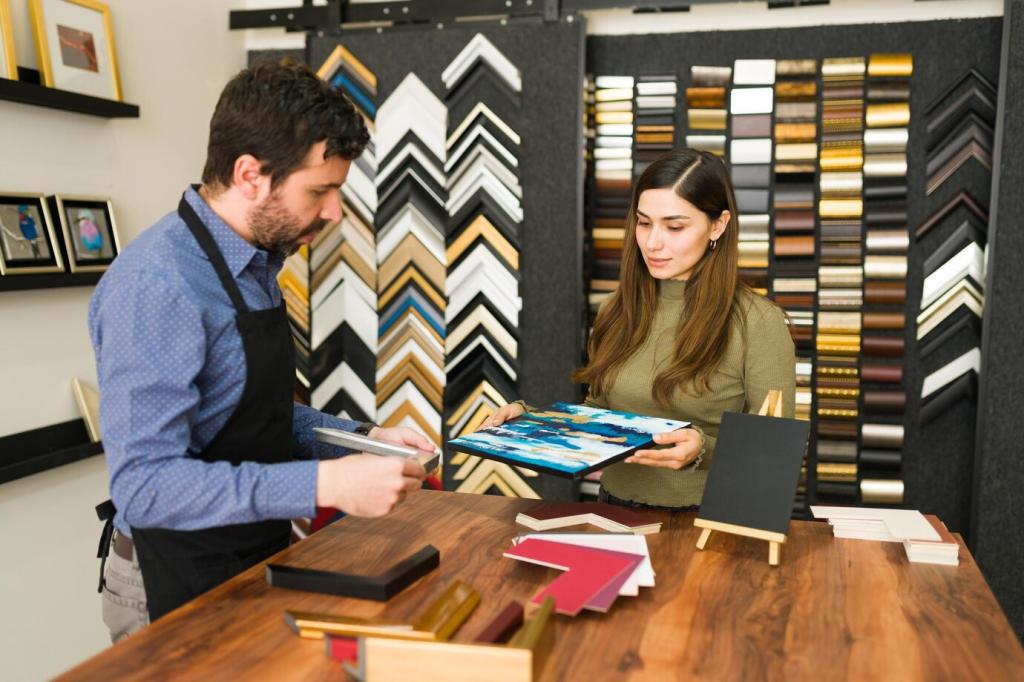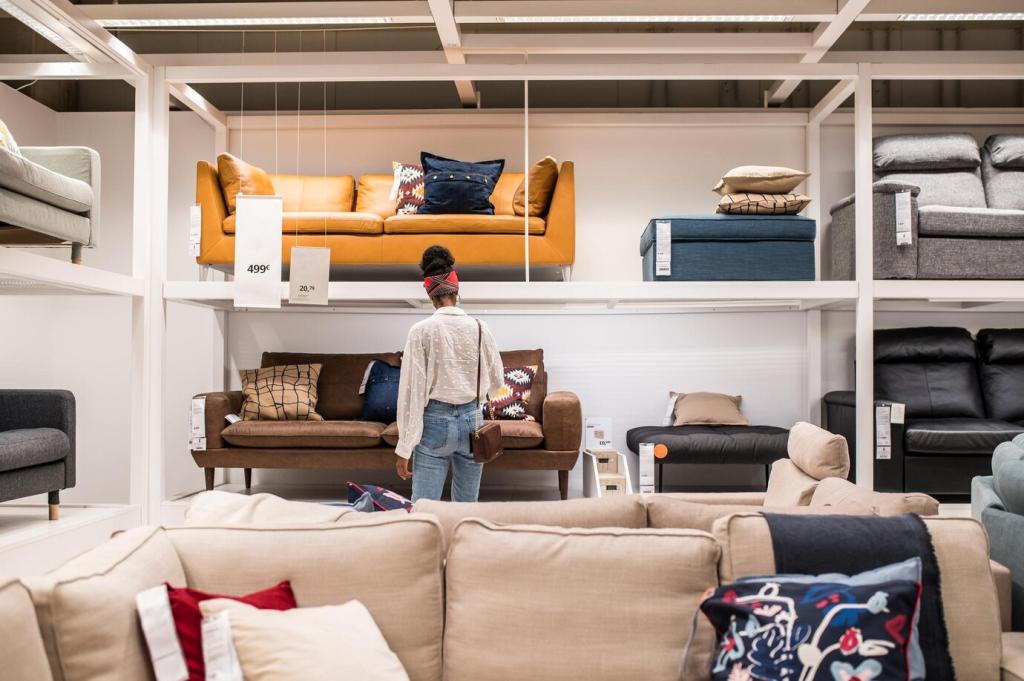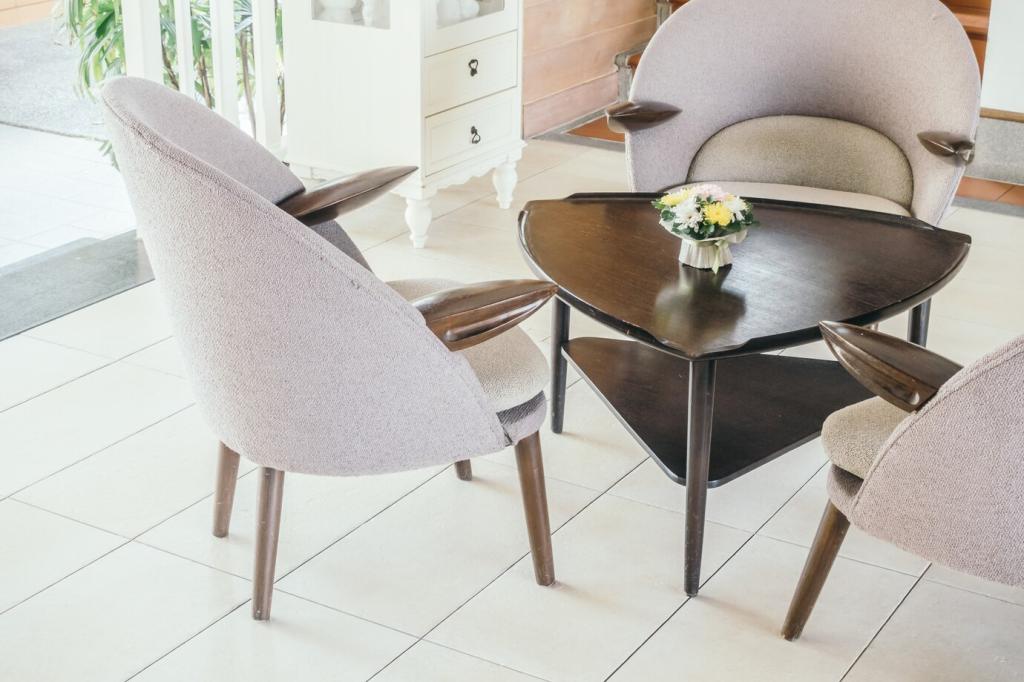Durability, Sustainability, and Maintenance
High-pressure laminate resists stains and cleans easily, while waterborne topcoats avoid heavy odors and speed recoat schedules. Choose hardware that tolerates frequent disinfecting. Keep a maintenance log to time touch-ups before wear becomes repair.
Durability, Sustainability, and Maintenance
Seek FSC wood, low-VOC adhesives, and Greenguard-certified finishes to protect indoor air. Small studios concentrate fumes; prioritize ventilation and curing times. Tell us which eco-friendly products actually held up in your toughest workflows.

